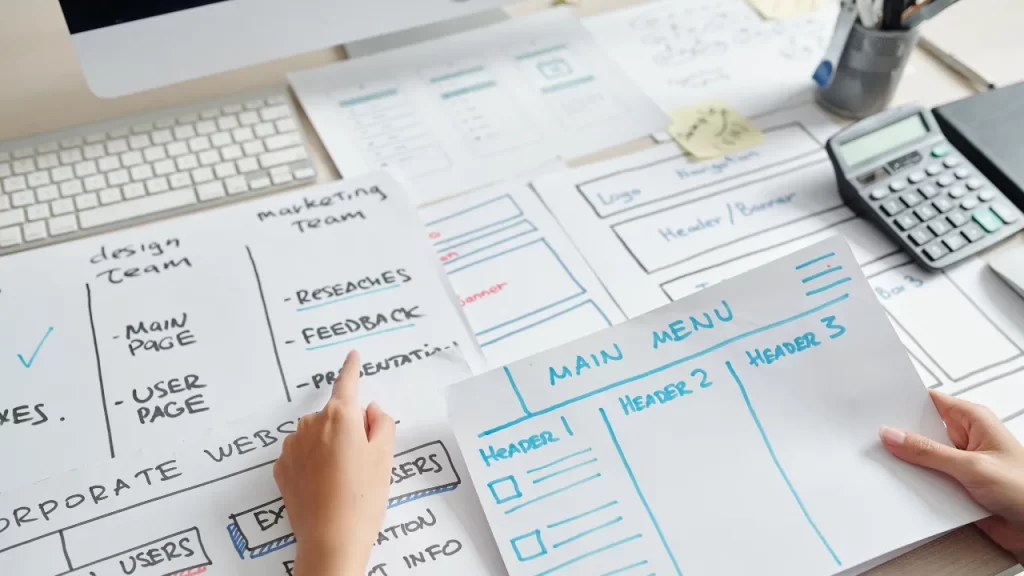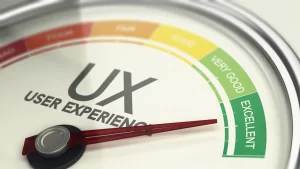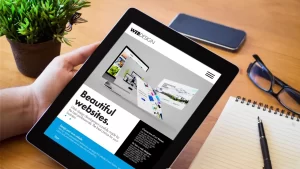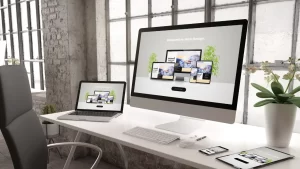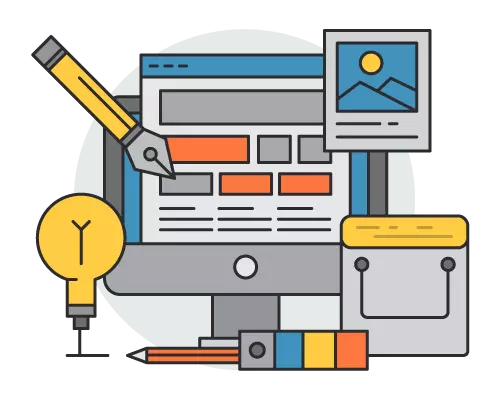While some aspects of web design may be automated, it is unlikely that web design as a whole will be fully automated in the near future.
Automation tools, such as website builders and AI-driven platforms, have made it easier to create simple websites without coding or design skills.
However, custom web design that requires creativity, branding, user experience (UX) optimization, and complex functionality still relies heavily on human expertise.
What Aspects of Web Design Are Being Automated?
1. Website Builders
Platforms like Wix, Squarespace, and Weebly allow users to create websites using drag-and-drop functionality.
These tools automate much of the design process, providing templates, pre-made layouts, and easy-to-use design elements.
While great for simple sites, these builders lack the flexibility and customization required for complex websites.
2. AI-Powered Design
Artificial intelligence (AI) is being used to generate basic design elements, such as color schemes, layouts, and even content suggestions.
For example, Wix ADI (Artificial Design Intelligence) can create a website based on user input about the site’s purpose.
However, AI-generated designs may lack the creative touch and brand identity that custom-designed websites offer.
3. Coding Automation
Tools like Webflow allow users to design visually and automatically generate clean, responsive code in the background.
This automation reduces the need for manual coding, but designers still need to make important decisions about layout, functionality, and user experience.
Why Human Web Designers Are Still Essential
1. Creativity and Branding
Web design involves more than just assembling visual elements; it’s about creating an online presence that reflects a brand’s identity and values.
Human designers bring creativity, intuition, and understanding of branding that automated tools can’t replicate.
2. User Experience (UX) Design
Crafting a seamless, user-friendly experience requires deep knowledge of user behavior, design principles, and how people interact with websites.
While automation tools can handle basic design tasks, they cannot fully optimize the user experience for complex interactions.
3. Custom Functionality
Web designers often build websites with unique, custom features like e-commerce functionality, interactive elements, or integrations with other platforms.
These elements require custom coding and development, which cannot be fully automated.
4. Complex Problem Solving
When a website requires specific functionality or encounters a technical issue, a human designer or developer’s problem-solving skills are crucial.
Automation tools do not yet have the capability to handle these complex scenarios.
The Future of Automation in Web Design
- AI-Assisted Design: Automation will continue to evolve and assist designers in certain areas, such as generating design suggestions, optimizing layouts, and improving website performance.
- Hybrid Approach: The future of web design may involve a hybrid model, where automation handles repetitive tasks, while human designers focus on the creative and strategic aspects of the project.
Conclusion
While some elements of web design are being automated, the need for human expertise remains strong, especially when it comes to custom design, branding, and user experience.
Automation tools can complement web designers, making the process faster and more efficient, but full automation is unlikely to replace web designers entirely.

